In the annals of history, few empires have had the profound impact of the Mongol Empire, not only conquering vast territories but also shaping the future of diplomacy. Among their many innovations, the creation of the first diplomatic passport, the “Paiza,” stands as a testament to their far-reaching influence. This small yet powerful artifact allowed emissaries, merchants, and travelers unprecedented freedom, transforming the way the world interacted across borders.
The Evolution and Purpose of the Paiza
The paiza served a dual purpose in the Mongol Empire, functioning both as a travel document and a symbol of imperial power. Carried by diplomats, nobles, officials, and merchants, the paiza allowed the holder to move freely across Mongol-controlled lands. These small, rectangular metal plates were made of various materials, including gold, silver, and bronze. Inscribed with the emperor’s edict, the paiza guaranteed the holder access to provisions, lodging, horses, and guides. Its role in facilitating the smooth flow of people, goods, and communication along the Silk Road cannot be overstated. The paiza ensured that Mongol territory remained a well-connected and efficient network, allowing for greater trade, diplomatic interactions, and cultural exchange between the East and West.
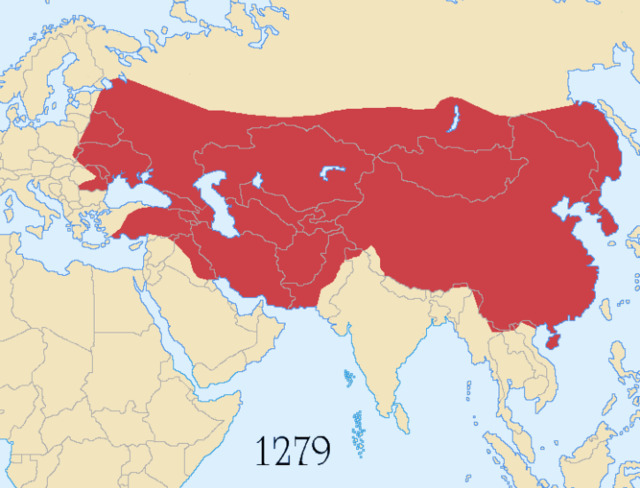
In essence, the paiza was the forerunner to modern-day diplomatic passports. It granted the holder a special status, exempt from taxes and immune from interference. The fact that this system was created over 800 years ago is a testament to the Mongols’ foresight in managing their empire and facilitating international cooperation.
Video
Watch this short animated documentary to discover when and how passports became a thing, exploring the evolution of travel documents throughout history.
The Paiza in Action: Facilitating Travel Across Eurasia

The paiza wasn’t just a travel document; it was a powerful tool that allowed its bearer to command services and requisition resources as they traveled across the empire. Merchants, officials, messengers, and skilled artisans were among the recipients of the paiza.
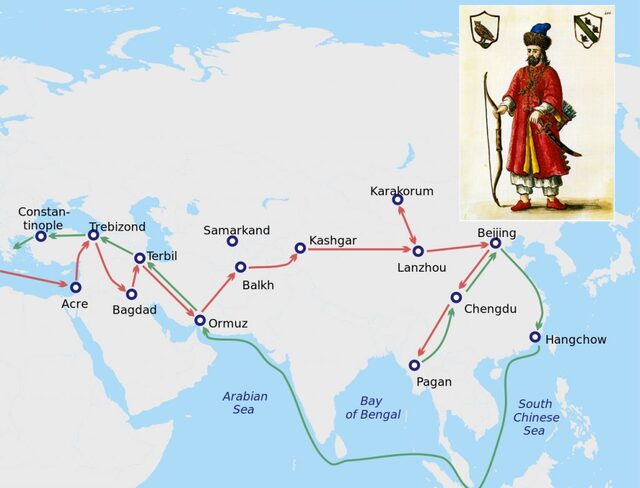
For example, the famous Venetian traveler Marco Polo, who traveled extensively through Asia in the 13th century, is said to have carried a gold paiza issued by Kublai Khan, the grandson of Genghis Khan. This paiza, about a foot long and three inches wide, granted Marco Polo a range of privileges, including lodging, provisions, horses, and guides throughout the Mongol-controlled lands.
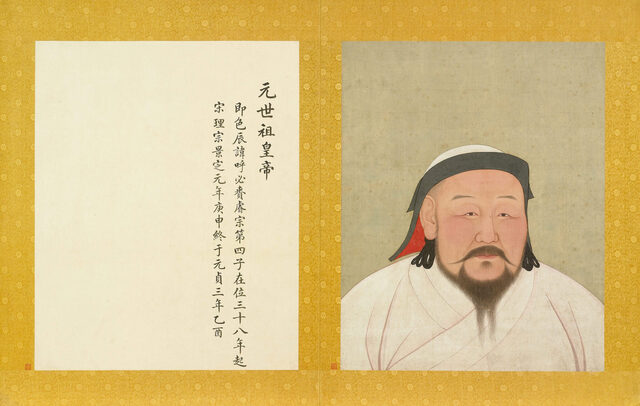
The paiza played a crucial role in facilitating the journeys of travelers like Polo, allowing them to traverse vast distances and experience diverse cultures without the usual barriers. This system ensured that diplomatic and commercial exchanges could take place smoothly, contributing to the Mongol Empire’s reputation as an empire that valued communication and the free movement of people.
The Symbol of Authority: Inscribed Paiza and Safe Passage
One of the defining features of the paiza was the inscription it carried. The Mongol Empire’s paiza was not just a travel document but also a statement of authority. The inscriptions, often written in multiple languages, guaranteed that the bearer would be protected from harm during their travels. A paiza typically carried a statement of safe passage, emphasizing the divine authority of the Khan. For instance, one of the famous Kublai Khan paizas reads, “I am the emissary of the Khan. If you defy me, you die.” Such bold proclamations underscored the Mongols’ commitment to the protection of their diplomats and envoys and their willingness to retaliate with devastating force against those who violated these rights.
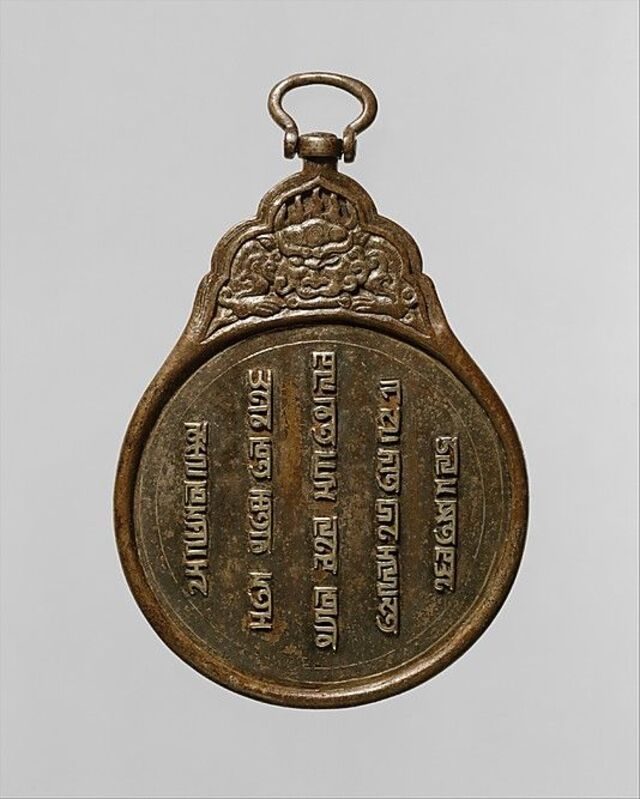
These inscriptions were not only practical but symbolic, demonstrating the Khan’s divine authority and the vast reach of the empire. The use of the paiza ensured that diplomacy was carried out under the highest protections, allowing for greater interaction between the Mongols and other civilizations.
Mongol Empire: A Global Network of Influence
The paiza was a cornerstone in the creation of the Mongol Empire’s vast and interconnected network. At its peak, the empire stretched across Asia and into Europe, making it the largest contiguous land empire in history. The Mongols were able to control such a vast area by establishing efficient communication systems and diplomatic relations with various kingdoms and empires. The paiza played a key role in this network, serving as a guarantee of protection and access for diplomats, merchants, and messengers.
The Mongols also made significant contributions to the Silk Road, revitalizing this ancient trade route and enabling cultural exchanges that shaped the course of history. The paiza facilitated the smooth exchange of goods, knowledge, and ideas, fostering an environment where people from different cultures could interact and collaborate. This made the Mongol Empire one of the most cosmopolitan empires in history.
Diplomatic Immunity and the Consequences of Violating It
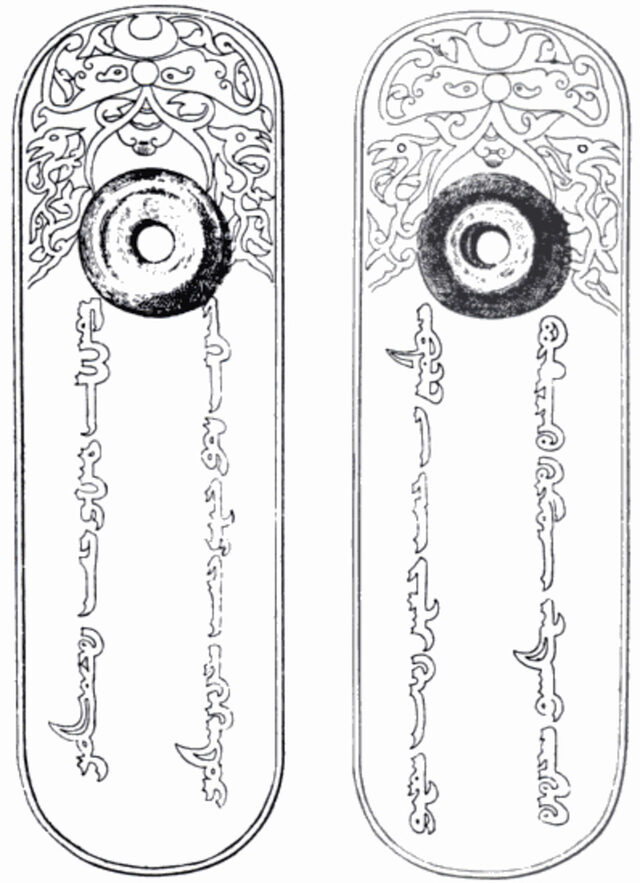
The concept of diplomatic immunity is not a modern invention but was practiced by the Mongols centuries ago. Under Genghis Khan and his successors, diplomats were granted certain rights and privileges that protected them from harm, even in hostile territories. The Mongols took these rights seriously and were known for their brutal retaliation against any state that harmed their envoys. One notable example of this occurred when the Mongols obliterated the Khwarezmian Empire after their ambassadors were mistreated and killed.
The paiza served as a symbol of this diplomatic immunity, ensuring that those who carried it would be treated with respect and given safe passage. This practice laid the foundation for the modern understanding of diplomatic immunity, which is now a cornerstone of international law.
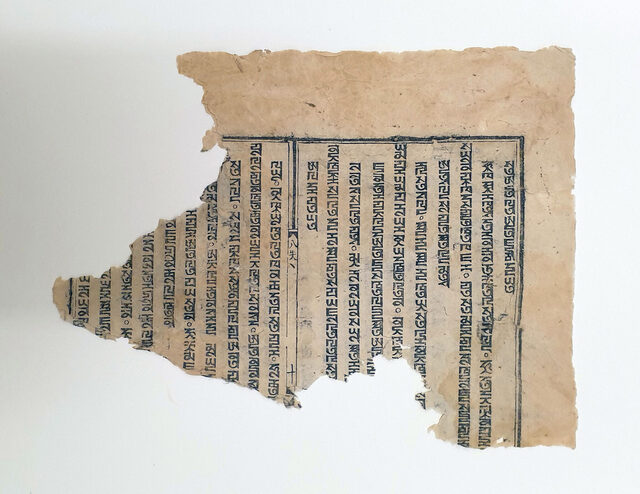
Golden Paiza and the Concept of Imperial Passports
The paiza came in various forms, depending on the bearer’s status and the privileges they were entitled to. The most prestigious paizas were made of gold and were often carried by high-ranking officials, military commanders, and other elite members of the Mongol court. These paizas granted the bearer significant privileges, including the right to requisition goods and services from the civilian population. The gold paiza, in particular, was a symbol of the Khan’s authority and the wealth and power of the Mongol Empire.

The paiza was more than just a passport—it was a mark of status and influence. It granted the bearer access to the resources and privileges of the empire, making it a highly coveted object. This system of granting privileges based on status would later influence the development of modern diplomatic passports.
The Impact of Paiza on Modern Diplomatic Passports
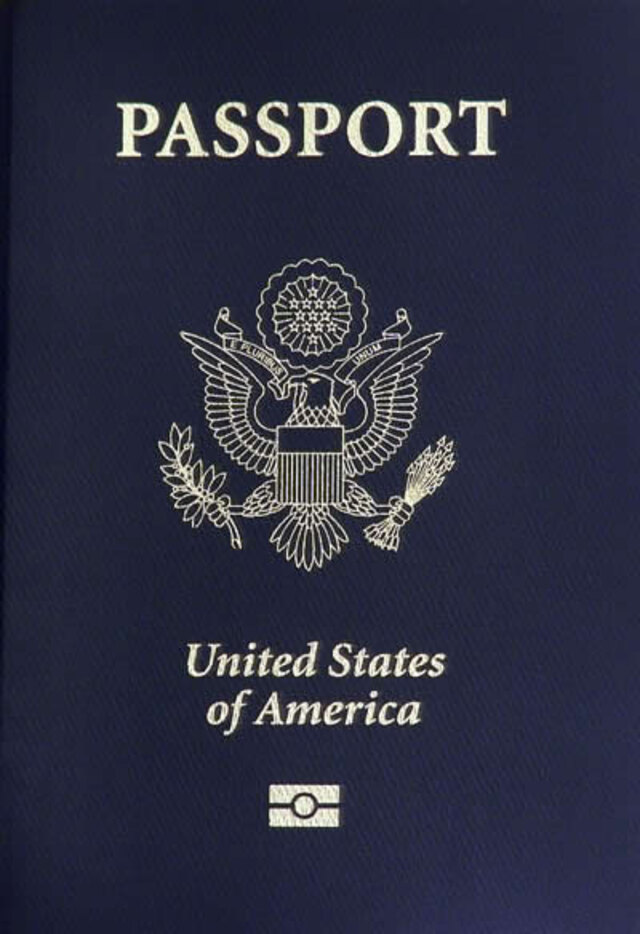
The legacy of the paiza can still be seen today in modern diplomatic passports. Like the paiza, modern diplomatic passports grant their holders special privileges, such as safe passage and immunity from prosecution, allowing them to carry out their official duties without interference. The paiza served as a precursor to these passports, establishing the concept of diplomatic immunity and the rights of diplomats to travel freely across borders.
Today’s diplomatic passports carry similar safe passage statements, which guarantee the holder’s protection and access to resources while on official business. The paiza system, which was so effective in the Mongol Empire, has had a lasting impact on the way diplomatic relations are conducted around the world.
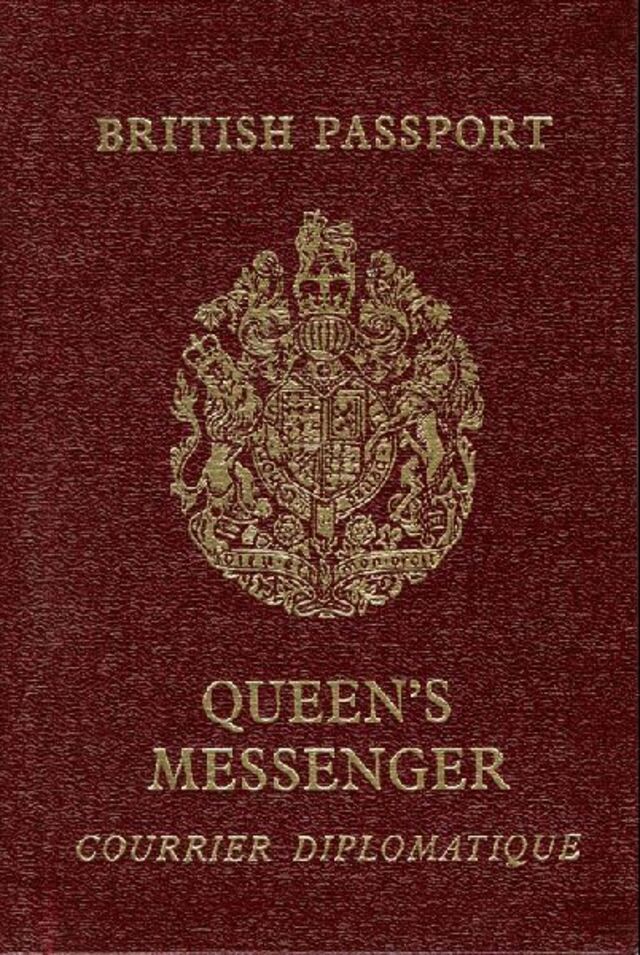

Paiza and Cultural Preservation: The Role of Museums
The paiza is not only a fascinating historical artifact but also an important piece of cultural heritage. Museums around the world, including the World Passport Museum, are dedicated to preserving and displaying artifacts like the paiza. These museums help educate the public about the history of diplomacy and the Mongol Empire, highlighting the important role that the paiza played in shaping international relations.
The preservation of paiza and other diplomatic artifacts is crucial for understanding the evolution of diplomacy and international law. By studying these artifacts, historians and archaeologists can gain insight into the political, social, and cultural dynamics of the Mongol Empire and its lasting impact on the world.
Video
Tune into this video by Anne F. Broadbridge to explore the rise and fall of the Mongol Empire, uncovering the key events and figures that shaped its history.
Conclusion: The Enduring Legacy of the Paiza
The paiza is a testament to the ingenuity and foresight of the Mongol Empire. As the first known diplomatic passport, it laid the groundwork for modern diplomatic relations and the concept of diplomatic immunity. The paiza system facilitated communication, trade, and cultural exchange across vast distances, making the Mongol Empire one of the most influential empires in history. Its legacy continues to be felt today, as the principles established by the paiza shape the way diplomats and officials conduct their work around the world.
In a time when borders were fluid and travel was fraught with danger, the paiza provided a way for the Mongols to maintain control over their vast empire and ensure the safety of their envoys. It is a powerful reminder of how diplomacy and trade have shaped the course of history, and how the innovations of the past continue to influence the present.



